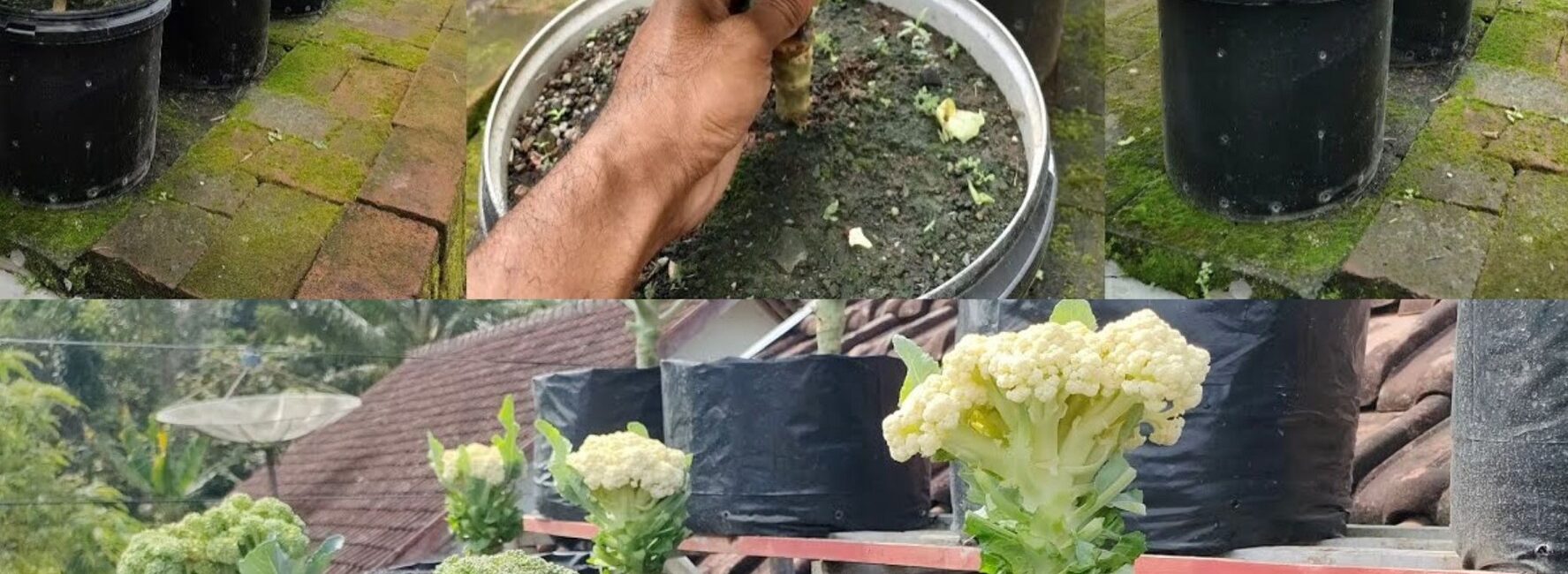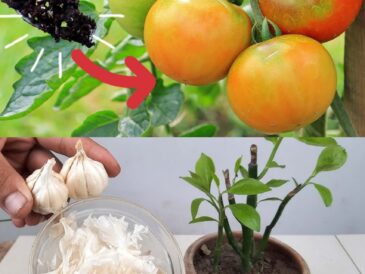If you’re searching for a way to bring your family together around healthy eating, look no further than the humble cauliflower. This versatile vegetable has earned a rightful place in my kitchen, and it has quickly become a family favorite. Not only is it delicious and nutritious, but growing your own clean cauliflower at home can be an incredibly rewarding experience. Let me guide you through the reasons why cauliflower is a fantastic choice, its health benefits, and the steps to cultivate it in your own garden.
Why Cauliflower?
Family-Friendly Flavor
Cauliflower is enjoyed by many for its unique flavor profile. It has a mild taste that can adapt to various seasoning and cooking methods, making it a versatile canvas for countless dishes. From cauliflower rice and mashed cauliflower to roasted florets seasoned with spices, the options are endless. There’s something about its texture that appeals to both children and adults alike, drawing everyone to the dinner table.
Nutrient-Rich Choice
Not only does cauliflower appeal to the taste buds, but it also packs a serious nutritional punch. It’s rich in vitamins C, K, and B6, and provides a good source of folate, fiber, and antioxidants. For families looking to eat healthily, incorporating cauliflower into your diet aids in reducing the risk of chronic diseases. Its low carbohydrate content makes it a popular choice for families seeking healthier alternatives to traditional grains.
Sustainability Angle
In a time when sustainable eating practices are crucial, growing your own vegetables—including cauliflower—can have a significant positive impact. Not only do you reduce your carbon footprint by eliminating the need for transportation, but you also ensure your produce is pesticide-free and fresh.
The Joy of Growing Cauliflower
Growing clean cauliflower at home can be a fun family project—one that fosters teamwork, patience, and a deeper connection to the food on your plate. Watching the transformation from seed to plant is a rewarding journey that can spark interest in gardening in children and adults alike. Here are a few reasons why you should consider growing cauliflower:
- Educational Experience
Gardening offers a hands-on learning opportunity. Kids can learn about plant biology, ecosystems, and the importance of sustainability. They’ll gain a sense of responsibility as they care for their plants—water them, check for pests, and eventually harvest them. - Quality Control
When you grow your own vegetables, you have full control over what goes into them. You can cultivate organic cauliflower without the fear of harmful pesticides or chemicals. This ensures that your family is consuming clean, nutritious food. - Unparalleled Freshness
There’s something special about cooking with ingredients straight from your garden. Homegrown cauliflower retains nutrients far better than store-bought vegetables, which may sit in transport or storage for days before reaching the shelf. The flavor is often more robust, leading to tastier, healthier meals.
How to Grow Cauliflower at Home
Choosing the Right Variety
Before you start planting, it’s essential to select the right variety of cauliflower. There are multiple types—including traditional white cauliflower, purple and green varieties, and even romanesco. Research the varieties to find the one that appeals to your family’s taste.
Where to Plant
Cauliflower thrives in cool conditions, making spring and fall the ideal seasons for planting. Choose a spot in your garden that receives full sun (at least 6 hours a day) and has well-draining soil. You can even start cauliflower in containers if you have limited space!
Soil Preparation
Cauliflower prefers rich, loamy soil. A pH level of 6.0 to 7.0 is best suited for growing. Before planting, amend your soil with compost or well-rotted manure to boost its nutrient content. This will help the cauliflower develop robust roots and grow healthy.
Step-by-Step Planting Process
- Seed Starting
Cauliflower seeds can be started indoors about 6-8 weeks before the last frost date in your area. Sow the seeds in trays filled with seed starting mix. Keep them moist, and they’ll germinate within a week or two. - Transplanting
Once the seedlings reach around 4-6 inches tall and have at least two true leaves, it’s time to transplant them into your garden or larger containers. Space the plants about 18-24 inches apart to allow room for growth. - Watering
Cauliflower requires consistent moisture, especially during its growing phase. Water regularly, ensuring the soil remains moist but not waterlogged. Mulching around the base of the plants can help retain moisture and suppress weeds. - Fertilizing
To encourage healthy growth, you can add a balanced, all-purpose fertilizer about four weeks after planting. Alternatively, an organic fertilizer can also work wonders for your homegrown crops. - Pest Management
Pests can sometimes be a problem, so keep an eye out for common culprits such as aphids, cabbage worms, and flea beetles. Hand-picking pests or using organic insecticidal soap can help manage any infestations without resorting to harmful chemicals. - Harvesting
Your cauliflower will typically be ready to harvest in about 55-100 days, depending on the variety. Look for compact heads that are still buds and are firm to the touch. To harvest, cut the head off the plant, leaving a few leaves for future energy storage.
Family Involvement
Gardening is an excellent family bonding activity. Encourage everyone to take part. The little ones can help with planting seeds, and older children can be responsible for watering and weeding. Setting a regular schedule for caring for the garden can help establish routines, and planning meals centered around what you’ve grown together can turn into a fun and interactive experience.
Cooking with Cauliflower: Family Meal Ideas
Once your homegrown cauliflower has made its way to your kitchen, it’s time to showcase its versatility through family-friendly meals. Here are a few recipes to delight every palate:
- Cauliflower Fried Rice
- Grate raw cauliflower into rice-sized pieces and stir-fry with your family’s favorite vegetables, scrambled eggs, and soy sauce. It’s a healthier twist on a takeout staple!
- Roasted Cauliflower Steaks
- Slice cauliflower into thick steaks, drizzle with olive oil, season with salt, pepper, and spices, and roast until golden brown. This dish is an eye-catching topping for salads or a standout side.
- Mashed Cauliflower
- Steam and mash cauliflower with garlic, cream, and butter for a smoother, lower-carb alternative to mashed potatoes. For added flavor, fold in some sautéed spinach and cheese.
- Cauliflower Tacos
- Roast florets with taco spices and serve in corn tortillas with all the fixings. This will be a hit with kids and adults alike—a tasty way to showcase your garden’s bounty!
- Cauliflower Pizza Crust
- Combine grated cauliflower with cheese and eggs to form a gluten-free pizza crust. Top it with your family’s favorite toppings for a fun twist on pizza night.
Conclusion
Growing clean cauliflower at home is not just a fun and rewarding experience—it’s a path toward healthier eating for your family. Involving everyone in the process of sowing seeds, caring for plants, and cooking with fresh ingredients cultivates a strong sense of connection, learning, and appreciation for healthy living.
So, if you’re ready to embrace the joys of gardening and provide your family with a delicious and nutritious vegetable that everyone loves, start planting cauliflower today! From the garden to the table, this crunchy delight is sure to bring joy and wellness to your family meals. Happy gardening!




